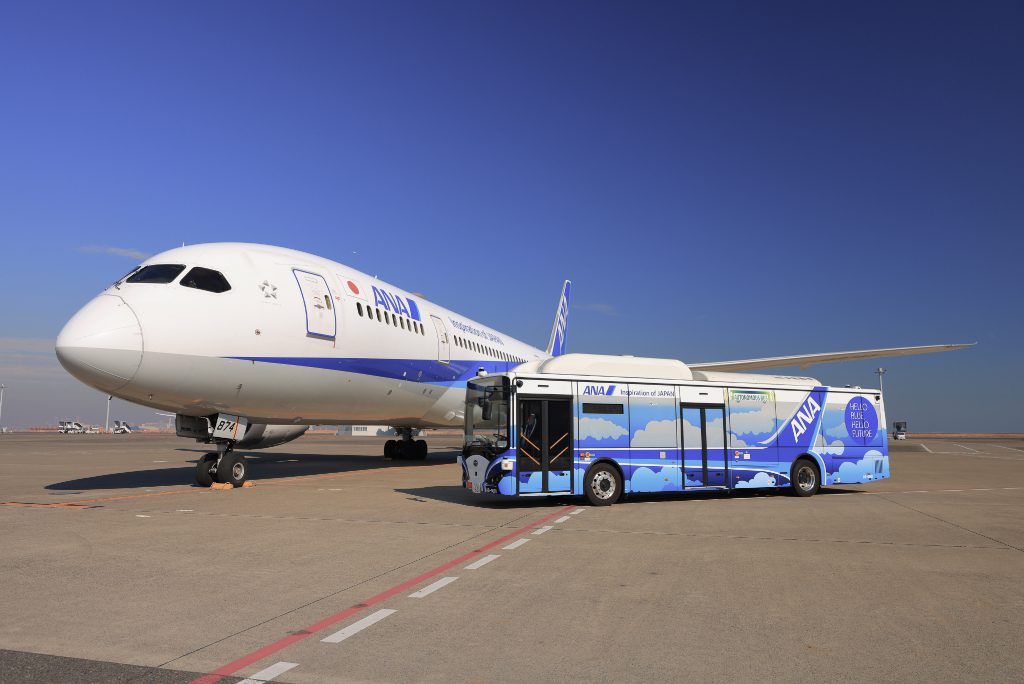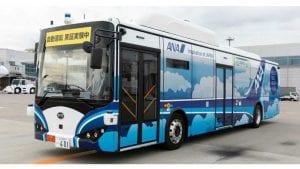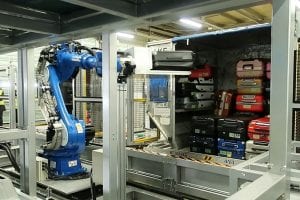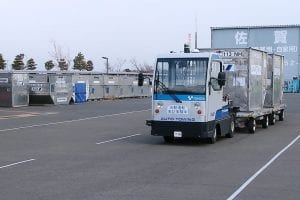Japan's ANA Steadily Embraces Smart Airport Tech to Be a Global Model

Skift Take
The pandemic has been as hard on All Nippon Airways (ANA) as it has been on other major carriers worldwide. Japan's largest airline by revenue and passenger volume has had to sharply curtail service, such as last week announcing it would suspend 16 international routes through the end of October. The cuts came as ANA said on Friday that between April 2020 and December 2020, it recorded a record net loss of $2.95 billion.
Yet ANA hasn't stopped pursuing some of its investments in "smart airport" technology and processes in Japan that could help make its operations more cost-effective in the future. The tech includes autonomous vehicles, robotic baggage handlers, automated plane tugs, and robot concierges.
On Monday, ANA announced it was testing a driverless bus at Tokyo Haneda Airport. Through February 12, ANA will transport airport employees on an autonomous vehicle across a 1.18-mile loop of the airport's restricted area.

All Nippon Airways' shuttle bus that is driverless and powered by electricty. The airline is testing the buses at Japanese airports Haneda and Saga. Source: ANA.
It'll be the first of a series of tests, with the help of tech partners Softbank's SBDrive, Advanced Smart Mobility, and BYD.
While the test is small, the overall impact could eventually be large. All Nippon Airways hopes to replace most of its buses with driverless technology by 2025. It also hopes these buses will run on electric power, which will trim carbon emissions.
Japan's Smart Airport Saga
All Nippon Airways is doing most of its smart airport trials at Saga International Airport, on the southern Japanese island of Kyushu, which is also home to Nagasaki.
In December at Saga Airport, ANA began using a robotic loader provided by Toyota. The loader can load suitcases horizontally and vertically and place them in separate containers. (Video, here.)
The airline also tested an automated towing tractor for moving the baggage between the airport and a plane. ANA plans to commercialize this technology for regular airport use.
The work is part of a long-running ANA effort to make Sana a smart airport. In 2019, it began regularly using a tug that's fully remote-controlled instead of operated by a driver. Each tug can carry a plane up to 95 tons in weight.
Inside Saga Airport, travelers can stop to talk with "concierge robots" to learn about the crafts and specialties of the Saga region on the first and second floors. When ANA passengers arrive, the airline has experimented with offering tablet computers to the travelers to help them navigate through the airport to their gates.
Elsewhere in Japan, ANA has been testing the use of drones to create a logistics network for cargo deliveries to remote islands.
To be clear, ANA isn't alone among airlines in experimenting with automation. But it's one of the few to continue to make investments despite the revenue crisis. For industry context, read Airports See a Driverless Future Across the Tarmac.
For more context, read Travel Megatrends 2025: The Robots That Are Accelerating Automation, plus Skift's deep dive on the rise of smart airports. For more on ANA's recent commercial strategy, subscribers to Skift's sister site Airline Weekly can read an in-depth pre-pandemic report.








